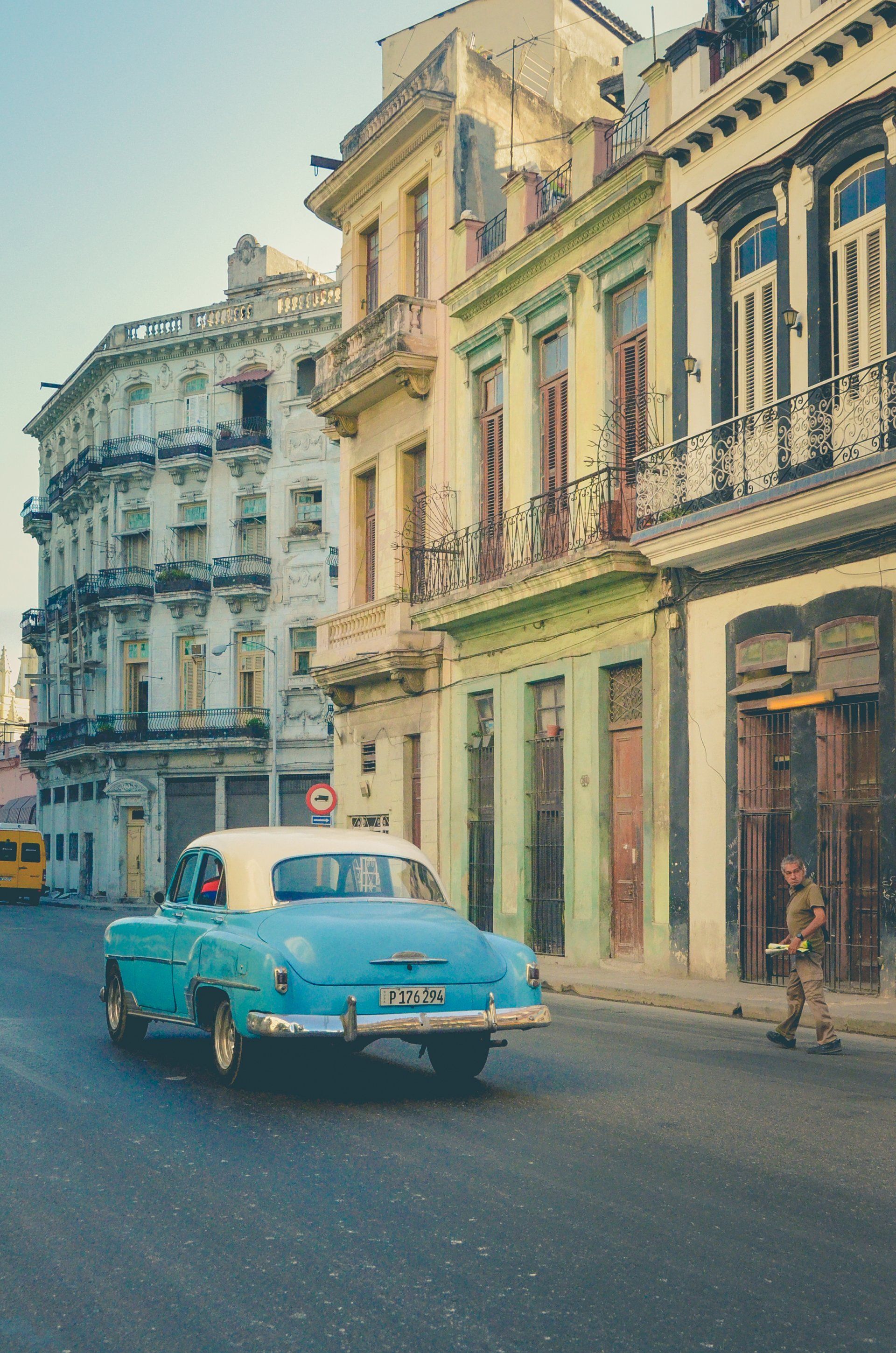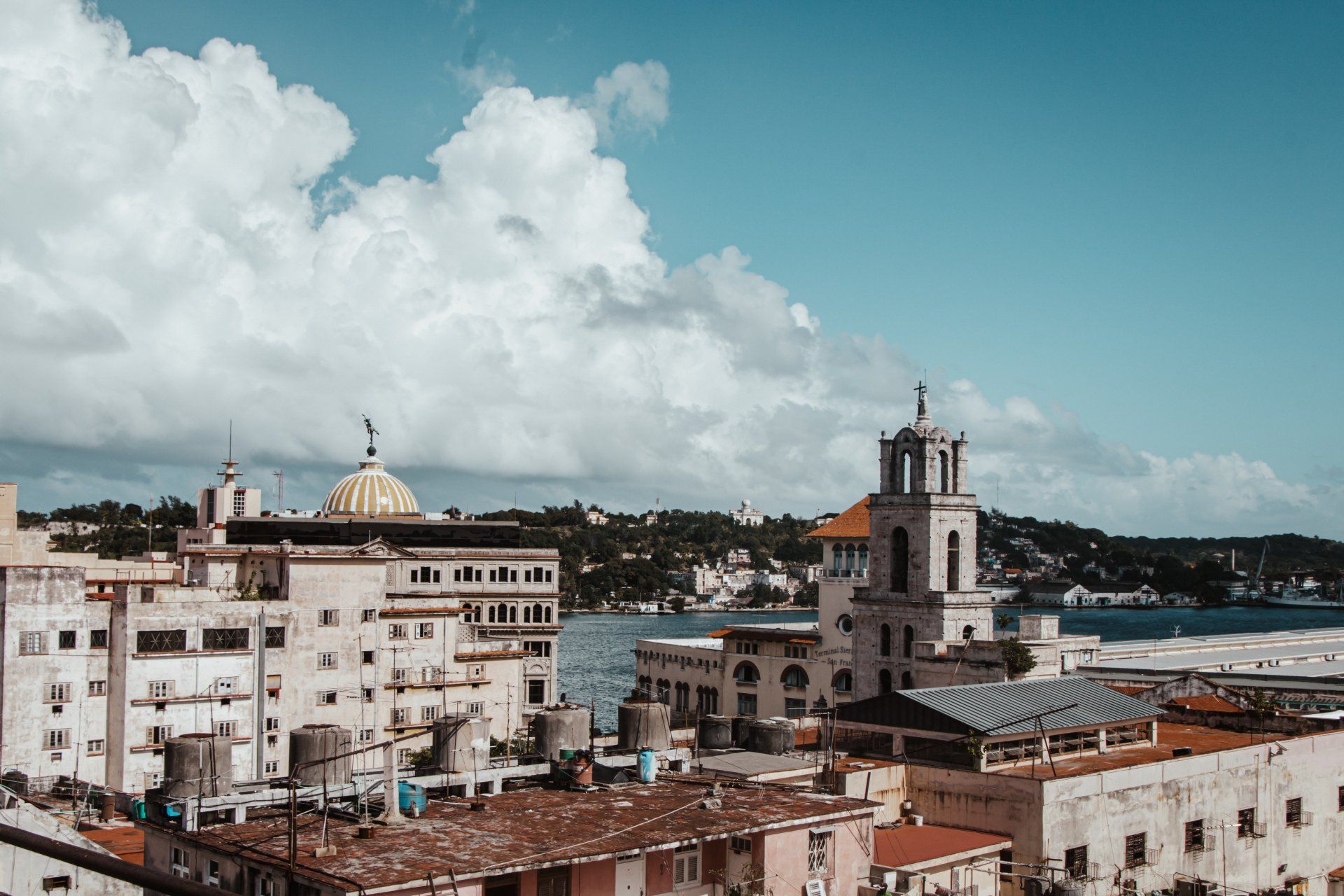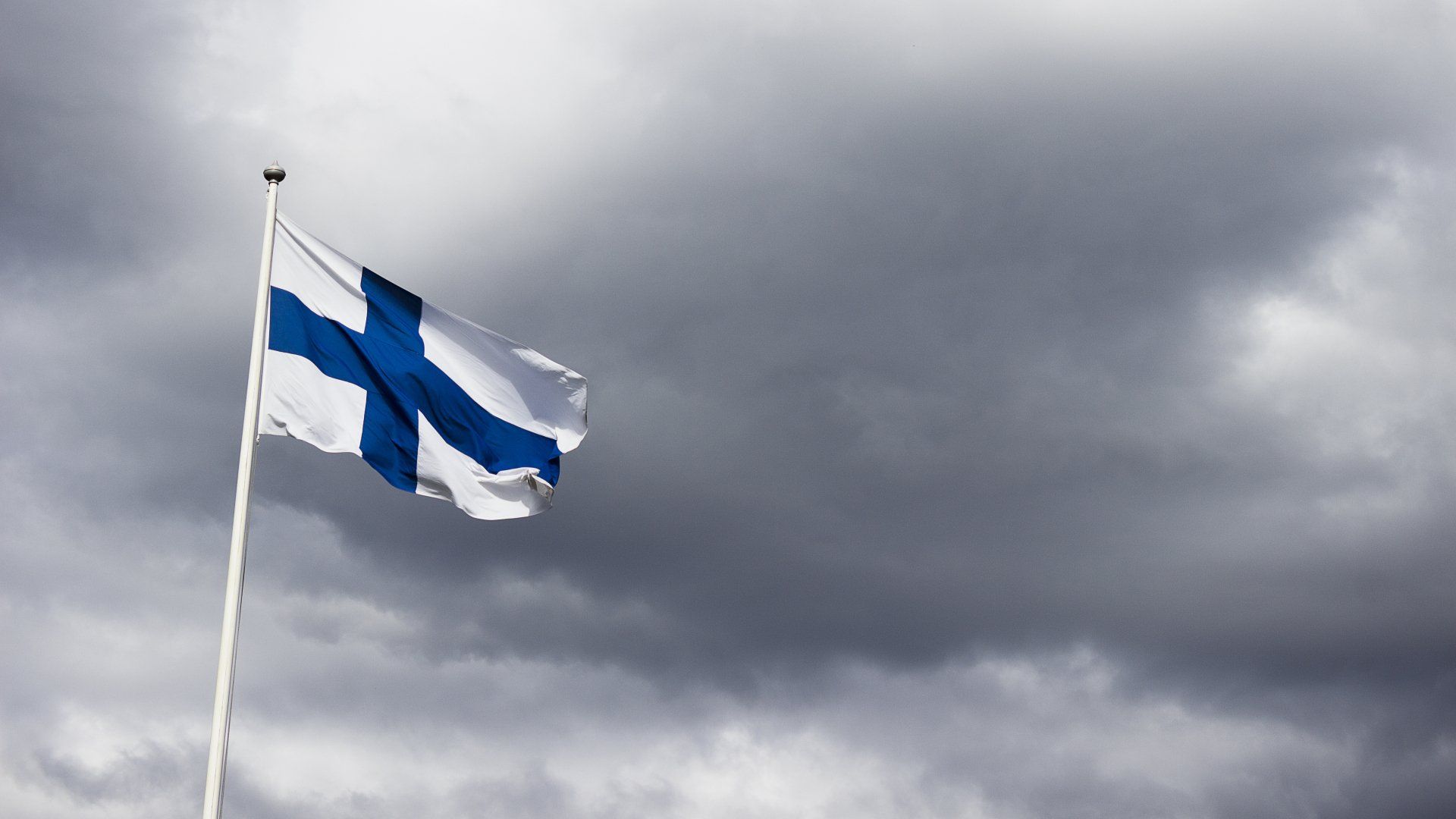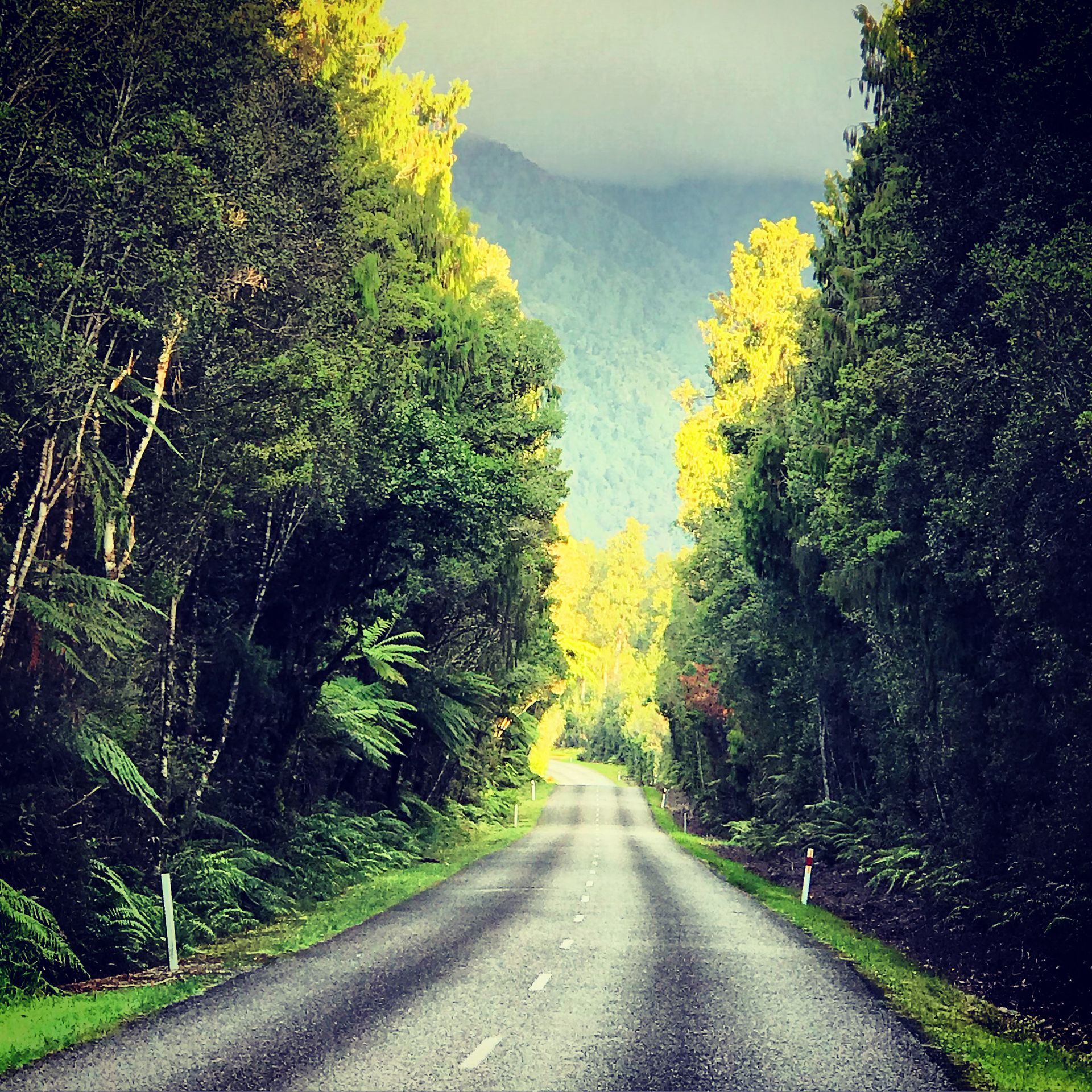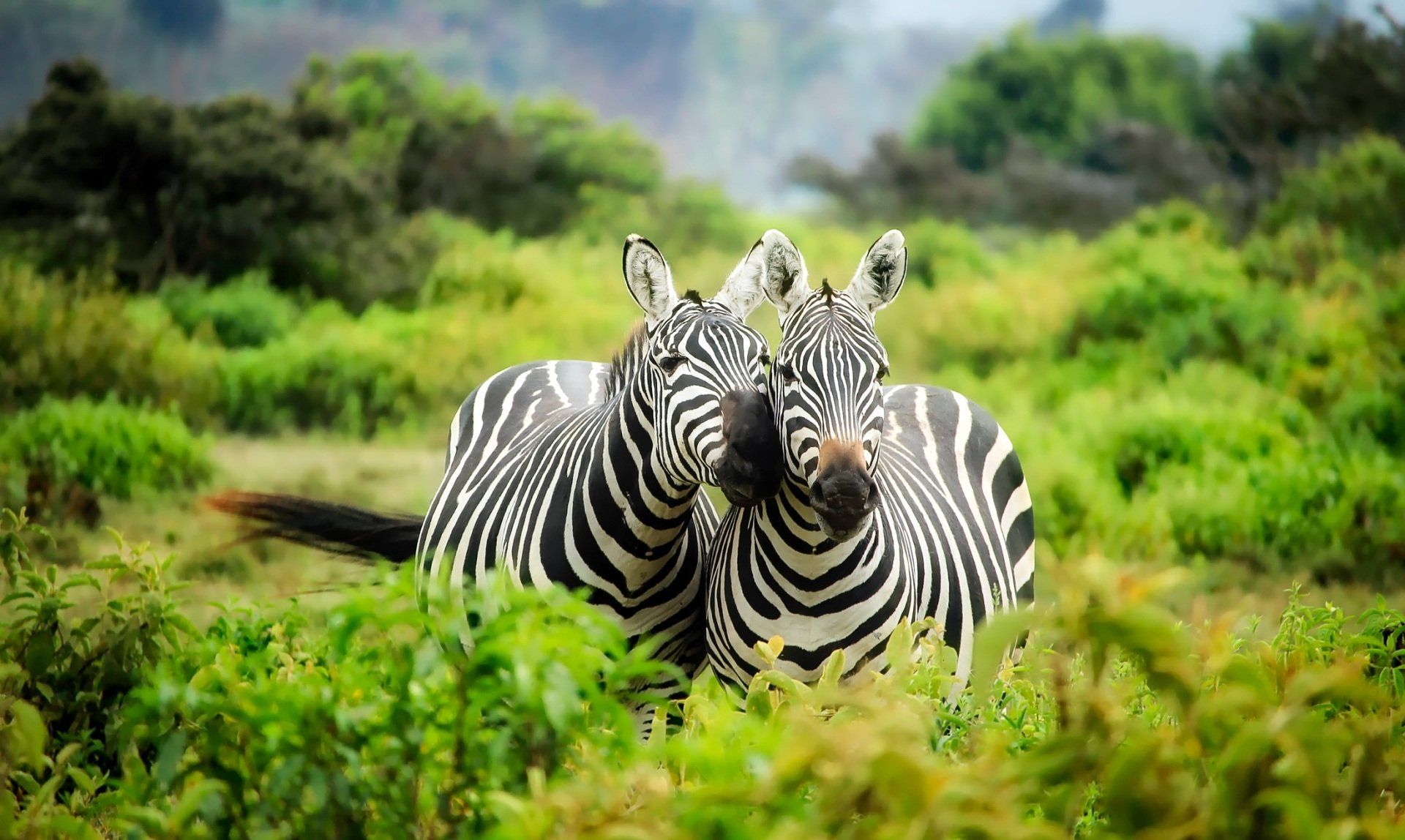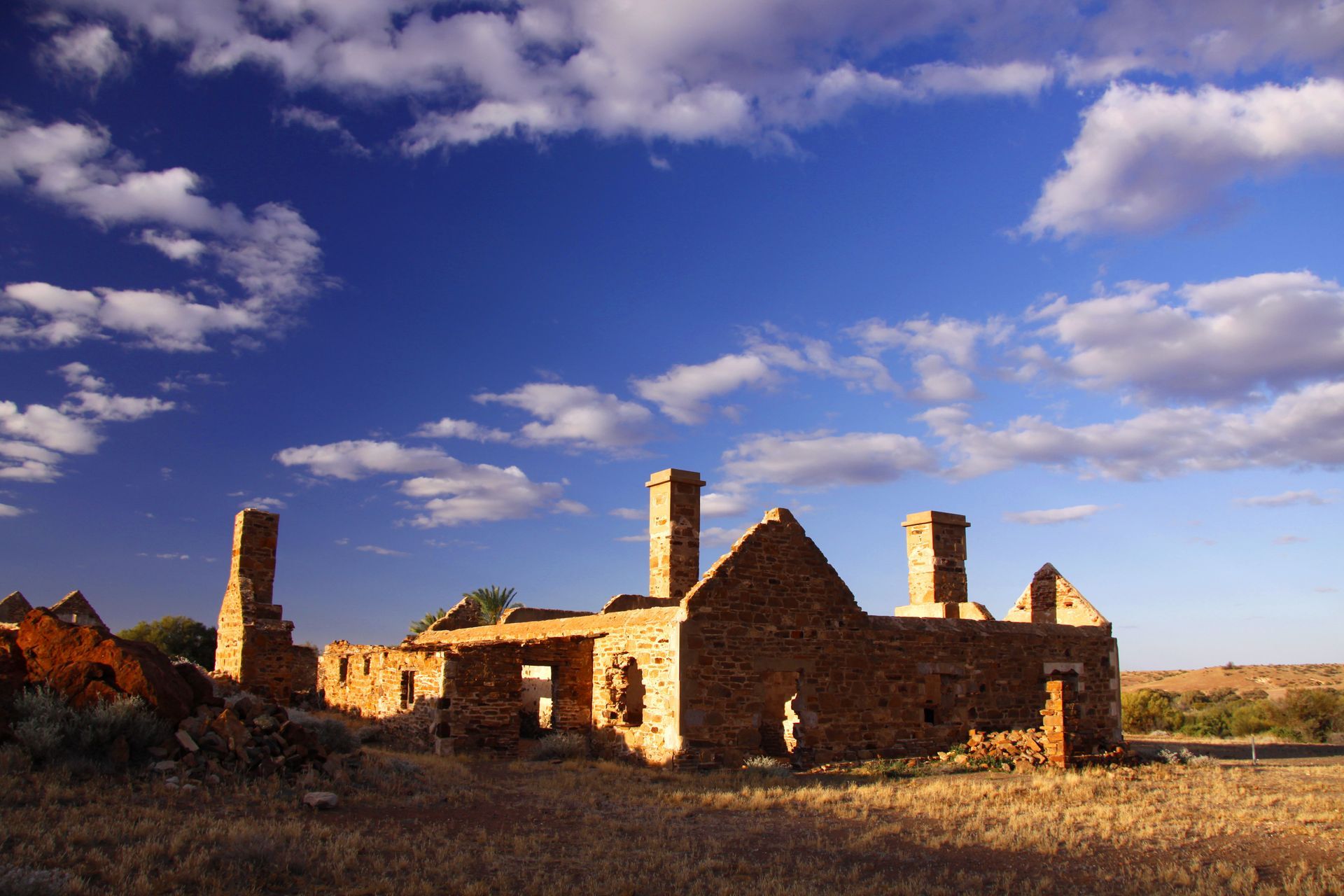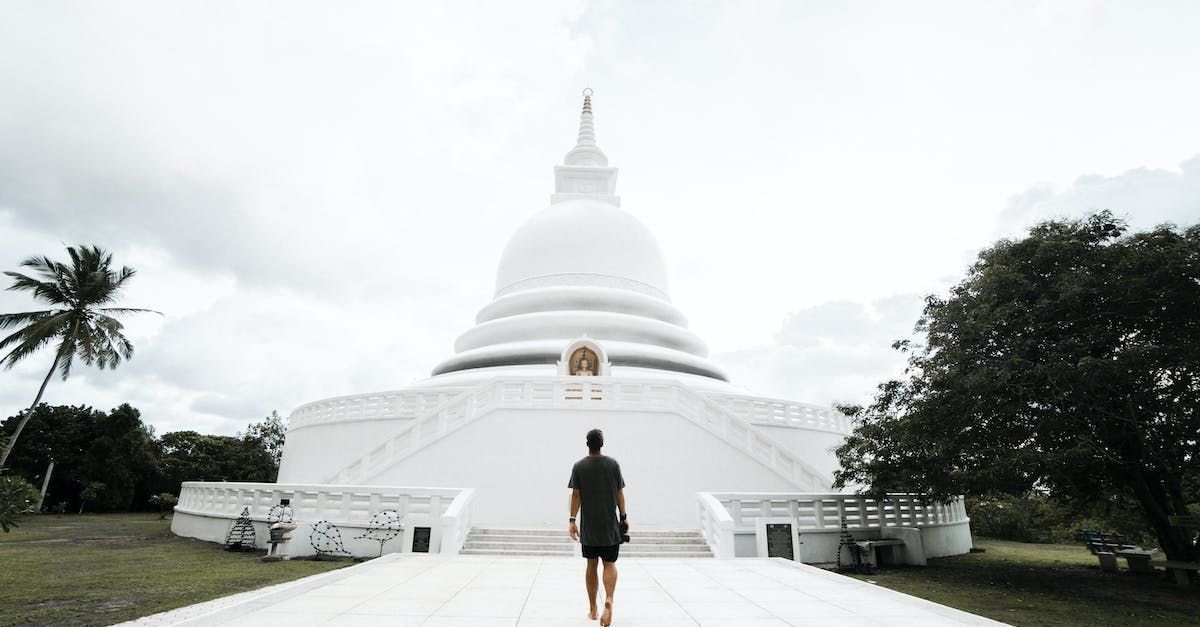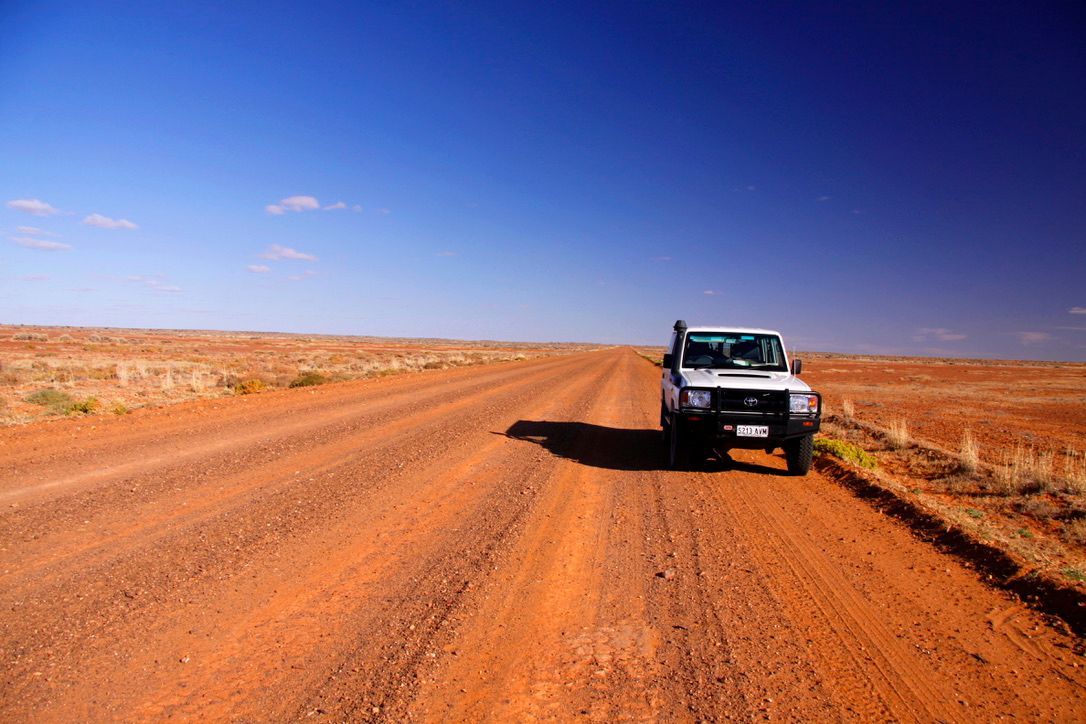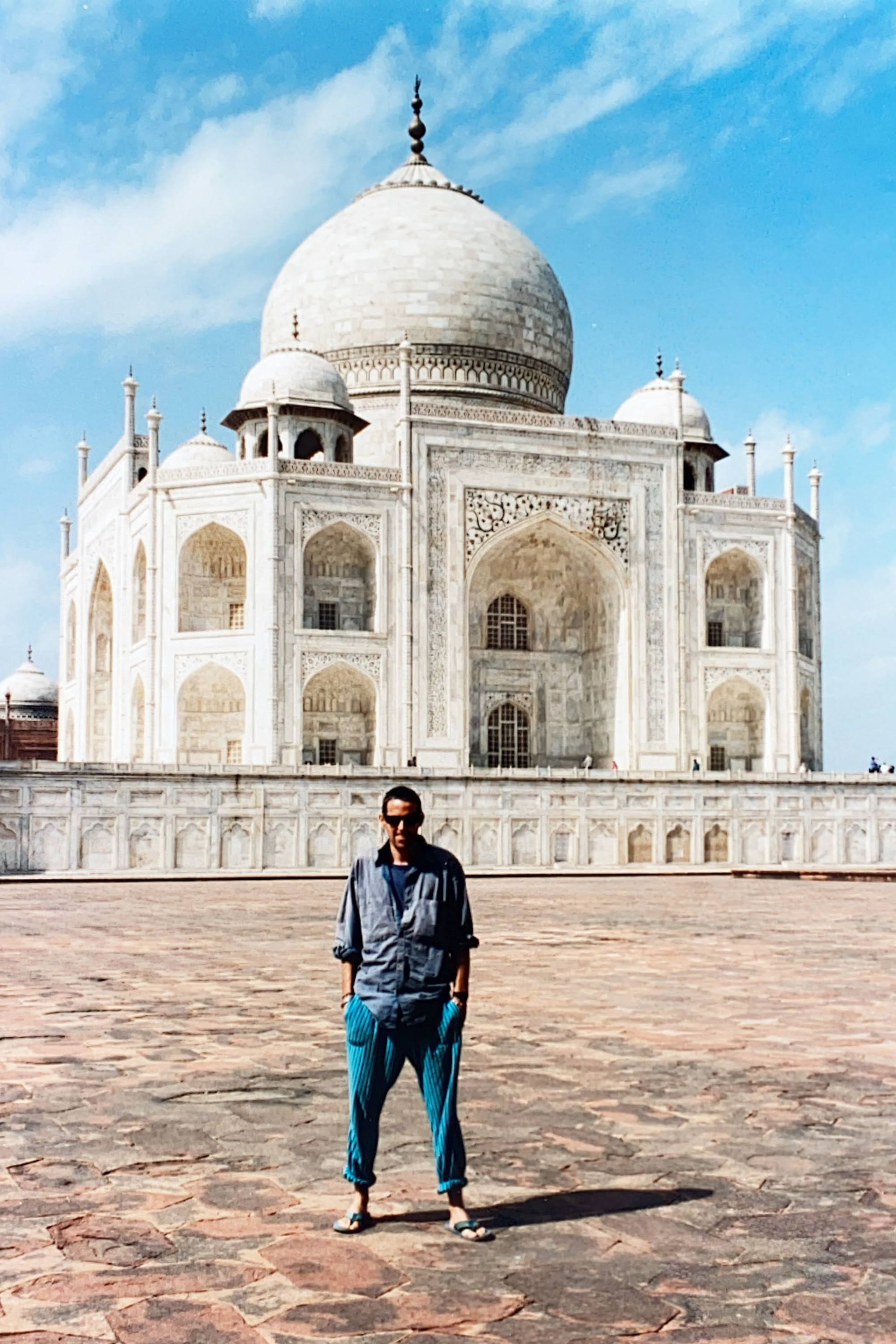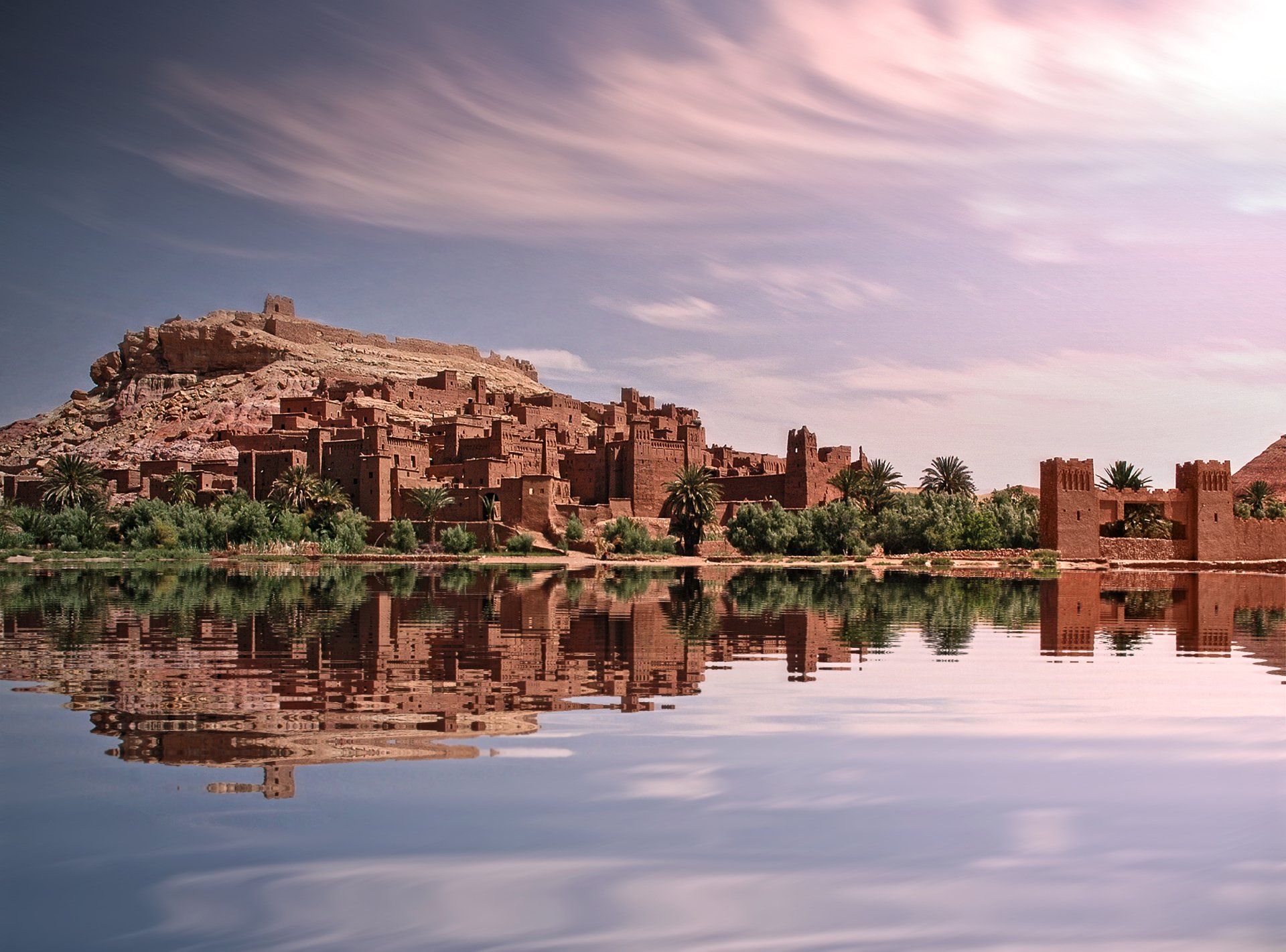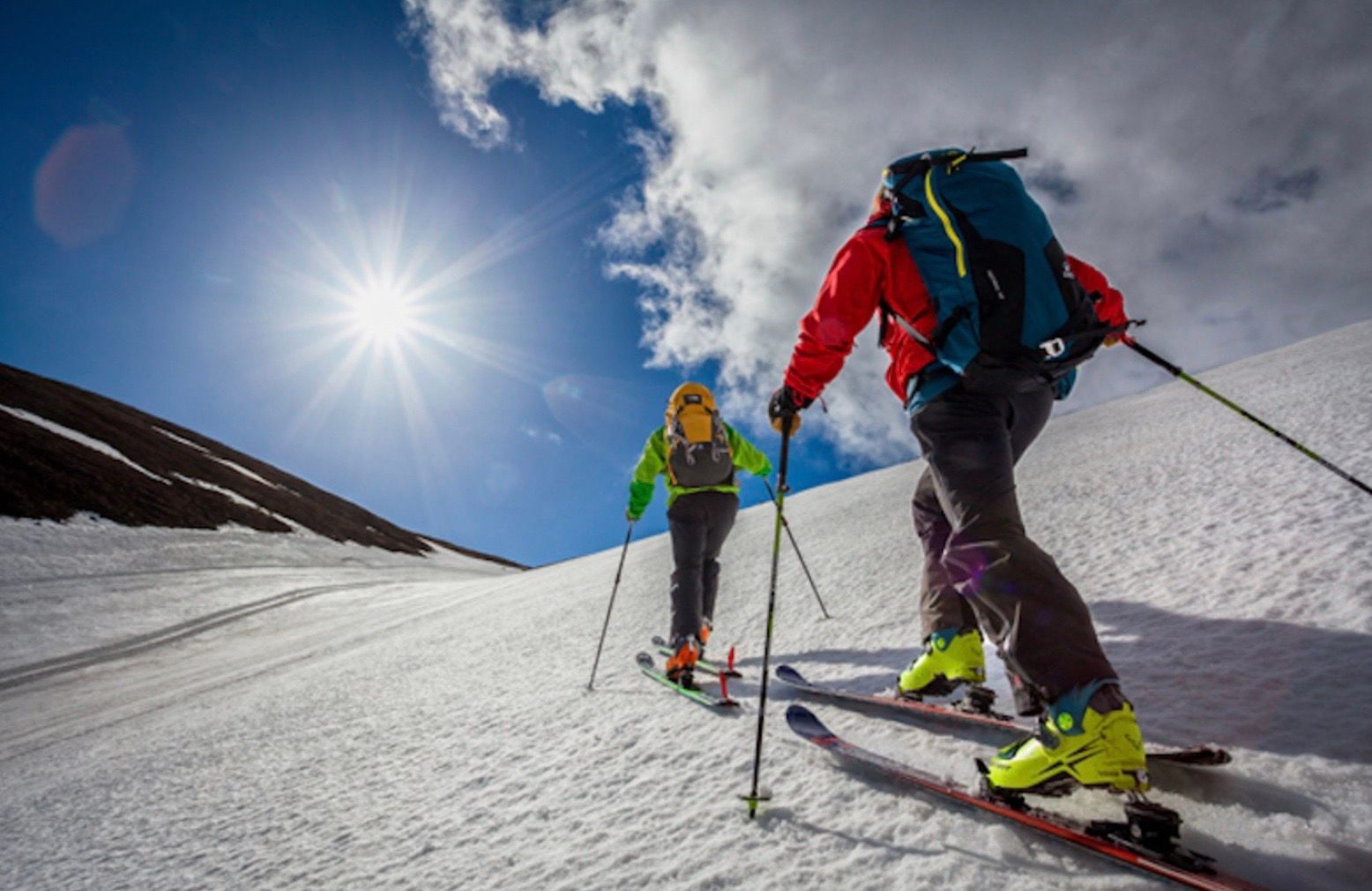Cuba in the Rainy Season
With the tourist season over, the rainy season in Cuba is a great time to get to know the locals.
Cuba in June
Cuba in June is quiet. The tourist season has ended, the beaches and resorts are uncrowded, and the locals are relaxed. You can get accommodation and flights at a bargain so this is a perfect opportunity to stretch your itinerary and see more of this fascinating Caribbean country.
June is the beginning of the wet season in Cuba. The humidity is higher than the rest of the year, with regular tropical downpours and torrential storms in the afternoon. Since this is also the start of summer, sporadic showers and torrential storms are usual here. But despite the hot, muggy, and rainy weather, June is the best time to visit Cuba.
Weather in Cuba in June
In Havana, expect a daily high of 30℃ and a low of 23℃. The conditions are pleasant venture out in the hot Cuban nights. It will rain for an average of 10 days during June but the temperate of the seas surrounding Cuba are at a tepid 27℃ so swimming in the rain is a pleasant option. The eastern part of Cuba becomes extremely hot and humid in June as it is sheltered from the northerly trade winds that keep the western regions cooler. In Santiago de Cuba, on the southern end of the island, the temperature ranges from 29℃ to 24℃.
Why Visit Cuba in June
Holiday makers from Europe and North America avoid travelling to Cuba in June because of the weather. But budget-savvy visitors will find the cost of tours and rental cars much lower, and accommodation easy to find.
Big game fishing: Discover your inner Hemmingway with a game-fishing expedition from Cayo Romano or Cayo Cruz. June is the start of the Gulf Stream’s marlin run and there are big fish — along with the smaller tarpon, tuna and sailfish around Cayo Santa Maria — just waiting to be hooked in these blue waters.
North coast road trip: The cool June trade winds keep the northern seaboard of Cuba cooler than the rest of the country. You can hire a car and drive from Havana to Baracoa along the Costanera Norte (North Coast) through Santa Clara and Remedios and the causeway-linked islets of Cayo Coco and Cayos de Villa Clara.
June events in Cuba: In late June, the colonial city of Trinidad hosts a 4-day carnival — the Fiestas San Juaneras — with wild horse races and parades of colourful floats. The streets of Camagüey resound in June to the conga beat of their San Juan carnival while on a more sedate level, Havana’s Golden Bolero Festival brings crooners from all over Latin America to sing this uniquely Cuban style of song.
Havana city tours: The rainy June weather is a perfect time to explore Havana’s indoor attractions. The city has a plethora of museums, such as the Museo de la Revolución and the Museo del Ron (the Rum Museum). You can supplement your indoor explorations by taking breezy Havana tours around the city streets in a 1950s American convertible between showers.
Hit the beaches: You might as well make the most of the June rain and get wet! Cuba’s beaches are a sublime mix of swaying palm trees and crystal white sand. Varadero and Cayo Coco are regularly voted Cuba’s best beaches but pretty much any sandy strip of the coast will be perfect in June.
Where to Go and What to Do
The humidity and rain mean June isn’t a month for hiking or bicycle tours, but it is perfect for ocean adventures. You can arrange a snorkelling or sea-kayak trip to places such as Playa Giron or the infamous Bay of Pigs, or submerge yourself entirely with a live-aboard SCUBA-diving package to Isla de la Juventud or Jardines de la Reina.
In Havana, the International Corhabana Choir Festival honours Cuba’s strong tradition of choral singing with performances by an international selection of choirs along with choral workshops and torchlight street choirs.
The rainy June weather is also perfect for taking an afternoon siesta (follow the locals’ example) or for simply sitting on a verandah, smoking a Cuban cigar and drinking a rum cocktail under the fans as the rain falls
What to bring
With the rainy season in full swing, a raincoat is a must for Cuba in June. Pack lightweight clothes that dry quickly — a pair of shorts or a skirt will be perfect bottoms — and light footwear such as flip-flops or sandals. The wet June weather brings out hordes of mosquitoes so bring plenty of insect repellent as this is hard to find and expensive, along with a mosquito net.
Travel to Cuba in June will let you experience some of the country’s best festivals. The lack of tourists means the locals are more relaxed and even if the June rains are falling, you’ll find it easy to immerse yourself in the authentic culture of this beguiling island.
Cuba in July: Viva la Revolución
Cuba in July is the holiday season. Cubans take their summer vacations and flock to the beach resorts around the country's coastline. Despite the hot, rainy weather in Cuba in July, tourists from Europe and Canada also descend on Cuba. July is the month of carnivals and festivals. It brings out the exuberant Cuban culture as people celebrate their most important modern event: the Cuban Revolution.
Weather in Cuba in July
This is the middle of the rainy season in Cuba although July sees considerably less rain than June or September. Most of the rain falls during heavy afternoon thunderstorms with the mornings being relatively cool and the evenings sunny and humid. July is also hurricane season in the Caribbean, but getting caught up in one of these weather events is slim. In Santiago de Cuba and the eastern Oriente province, you will experience temperatures ranging from a comfortable low of 21℃ to a high of 31℃. In Havana, the temperature range is 27℃ to 31℃ but you’ll have more rainy days.
July activities in Cuba.
With celebrations marking the 1953 Revolution taking place across the country, your travels in Cuba will let you experience the fervour the Cubans still attach to the revolution and its ongoing effects.
The Revolutionary Road: Set off from Santiago de Cuba on a July road trip to the sites associated with Cuba’s revolution. These include Finca Minacas (Fidel Castro’s birthplace), Santa Clara (Che Guevara’s grave) and the notorious Bay of Pigs which was the scene of an abortive raid by US forces during the revolution.
Havana tours: Cuba’s capital throbs with festivals and celebrations in July. The streets are decked with flags and the locals come out in force for political rallies and public speeches. Mornings are perfect for exploring the plazas of Havana Vieja (Old Havana) and when the afternoon rains clear, you can join the families strolling along the Malecón sea wall on the edge of Havana Bay.
Sportfishing: July is the peak month for Cuba’s game fishery. Famous authors such as Zane Grey and Ernest Hemmingway would travel to Cuba from the US every July to indulge their game-fishing passion: and you can do the same. The marinas at Havana and Varadero are the main gateways for trips out into the waters of the Gulf Stream where the big billfish run.
Festival frenzy: In early July, Santiago de Cuba hosts its annual Fiesta del Caribe music festival which brings musicians from all over the Caribbean to celebrate the region’s unique musical styles with street concerts and performances by comparsas carnival troupes. The city is also the location of Cuba’s largest and most flamboyant carnival, which brings an explosion of colour, drumming, dancing and food to the city’s streets in the last week of July. There is also a low-budget film festival in the out-of-the-way coastal town of Gibara in Holguín province which draws filmmakers from all over the world.
Where to Go and What to Do
July is Cuba’s holiday month. Beaches become crowded and flights to Cuba are more expensive and harder to book. However, the crowds tend to say in all-inclusive beach resorts, so elsewhere in the country, you will still enjoy lower costs and smaller crowds.
July is the month when Cubans celebrate the 1953 Revolution in which Fidel Castro’s forces took power, beginning with their assault on the government’s Mondaca Barracks in Santiago de Cuba. Huge rallies are held across Cuba on July 26th with the biggest being in Havana, Santa Clara and Santiago de Cuba.
Trinidad is a city steeped in history and July is a good month to visit some of its many museums — Trinidad is described by Cubans as the “Museum City — while the rain tumbles down outside. Of particular note is the Romance Museum in the Brunet Palace which is crammed with china and furniture from Cuba’s opulent heyday, and the Architecture Museum where you can discover the evolution of the city’s many colonial buildings.
What to bring
You’ll definitely need to bring a raincoat when you travel to Cuba in July. Pack lightweight clothes that dry easily and light footwear that won’t be ruined by getting wet. The July rains bring out clouds of bugs — especially mosquitoes — so bring a good insect repellent (products containing DEET are best) as it is expensive and scarce in Cuba. Sleeping under a mosquito net will keep the airborne critters at bay and make your nights more relaxed.
Cuba in July is a month of exuberant celebrations as Cubans take their summer holidays and commemorate their country’s founding. Joining in with the July crowds is a great way to get to know the people of Cuba and learn about the fascinating history and unique culture of this Caribbean island.
Cuba in October
October lies smack in the middle of the Cuban monsoon. The three-month-long wet season in Cuba muffles tourist activities, allowing the busy towns a moment to relax. However, there are still plenty of things to do in the country. Travelling to Cuba will reward you with uncrowded beaches around Havana, jubilant festivities, and a chance to mingle with the locals.
Cuba Weather in October
The weather in Cuba in October is warm and wet. The Caribbean Current brings warm water down from the equator to provide year-round heat but this is offset in October by pleasantly cool northerly winds. Cuba’s position astride the Tropic of Cancer means that the weather is consistent across the entire country, although the mountains in the north attract more rain. In Havana, you can expect a daily high of 30℃, cooling to around 22℃ at night. The sea around Cuba is still a tepid 29℃ in October and even with an average of 13 rainy days, you’ll still have nine hours of sunshine and 12 hours of daylight to enjoy between showers.
Why Visit Cuba in October?
Low season means you’ll have Cuba virtually to yourself! With the arrival of the tourist crowds still two months away, the country’s attractions are almost empty, accommodation is cheaper and you can make your travel budget go much further.
Festivities: The beating heart of Cuba is in its music, dance and food. The Festival de Son, held each October in Santiago de Cuba, celebrates the exuberant local music known as Son: which fuses African and Spanish musical styles. The festival includes concerts, street parties and dance competitions including the mambo, salsa and cha-cha styles.
Scuba Diving: Take advantage of the wet weather to go scuba diving! Under the water, it doesn’t matter if it’s raining and Cuba has some of the world’s best reef diving locations including the spectacular corals of Isla de la Juventud, the sea turtle habitat of Cayo Largo, and the eerie shipwrecks of the Bay of Pigs.
Indoor Havana: Some of the best Havana tours in October will take you indoors to see art exhibitions, cigar-making factories and concerts. Havana has a great selection of museums such as Fine Arts Museum and the Museo de la Revolution which chronicles Cuba’s fascinating revolutionary history.
Wild heart: The Viñales Valley, in western Cuba, is an adventurer’s playground. The October rains keep visitor numbers to a minimum so the mountain-biking trails will be uncrowded and tours to the Santo Tomas Cavern, Latin America’s largest cave system, will be easy to book. In the caves, you’ll encounter bats, ancient cave art and bottomless pools of crystal water.
Where to go and what to do
Cuban law requires that all tourists have travel insurance. You will also need to apply for a Cuba Tourist Card which can be bundled with your airfare or obtained from a Cuban embassy prior to your departure. Although Cuba is a safe country to travel in, avoid carrying lots of expensive equipment or jewellery as this could attract thieves. US currency is not accepted in Cuba due to government regulations. Euros are the most widely accepted currency.
October is the best time to visit Cuba, even though the weather can be wetter than other months. Travel to Cuba from the US is much cheaper and accommodation is plentiful. On your Cuba tours you can cover most parts of the country in a relatively short time and you’ll find plenty of small festivals where you can interact with the local Cubans and get a more authentic feel for Cuban life.
Cuba in November
With the wet season in Cuba nearly over, November is a great time to visit this fascinating Caribbean country. Cuba’s main tourist season doesn’t get underway until late November so you’ll find the country’s attractions uncrowded and accommodation easy to obtain.
Flights to Cuba are cheaper and with the lower cost of rental cars, hotels and tours you will be make your Cuba travel budget go further enabling you able to see more and extend your stay. Plan and book early if you want to travel to Cuba from the US, as winter tourists escaping the cold begin to arrive in droves later in the month.
Cuba Weather in November
The weather in Cuba in November is moderately hot with the temperature in Havana reaching an average high of 27.7℃ and a balmy low of 21.3℃. This is the last month of the rainy season and you can expect around six rainy days during November. Days are shorter at 11 hours, with an average of seven hours of sun on the days without rain.
Average humidity hovers around 77% and the sea is still a tropical 26.9℃. However, the Baracoa region, on the extreme south-eastern tip of Cuba, receives its highest rainfall totals in November, with slightly warmer temperatures (21.5 ℃-29.2℃) and higher humidity.
Why Visit Cuba in November?
Before the crowds begin to arrive, November is a great month to set off on a road trip around Cuba. You could hire your own transport or make use of Cuba’s Víazul bus network.
Havana tours: With few tourists in town, Havana’s streets are uncrowded and relaxed. This is a great time to take a guided tour in classic convertible cars or you can jump on and off a HabanaBus tour. Highlights include the Plaza de la Revolución, the Castillo Los Tres Reyes del Morro and the colonial plazas of Old Havana. Stop for refreshments at the Factória de Plaza Vieja brewery, grab street snacks from the many and varied alleyway joints, and finish the day with a cigar and a mojito at the Hotel Nacional.
Explore Santiago de Cuba: Founded in 1514, and steeped Afro-Cuban history, Cuba’s second-largest city is also its cultural capital. The city’s Caso Histórico district includes the hallowed Cementerio Santo Ifigenio where Fidel Castro, modern Cuba’s revolutionary founder, is buried. The cool November evenings bring the locals to the Parque Cespedes in the heart of the city after work for impromptu concerts, hot drinks and political discussions.
Head inland: The mountainous hinterland west of Havana is Cuba’s premier coffee-growing region. You can sample the local brews in authentic joints such as Café Maria in Las Terrazas and go bird-watching in the nearby Parc Nacional La Güira. As the monsoon season dwindles the rivers and lakes are full, wildlife is plentiful and there are plenty of hiking opportunities that will take you to secluded waterfalls, hidden caverns and rivers perfect for a cooling dip.
Head offshore: The Cayos de Villa Clara is one of several small islands linked to the mainland by a causeway. This is a popular vacation destination for locals during Cuba’s school holidays but in November you’ll find Cayos de Villa Clara almost deserted. The islands are part of a larger UNESCO-recognised biosphere reserve and feature long stretches of sugar-white sandy beaches, pristine coral reefs, excellent fishing and flocks of flamingoes.
Where to Go and What to Do
Cuba’s colourful towns and cities live in a time warp where the styles of the 1950s are still popular. In Havana, tours of the backstreets and local squares will let you experience salsa dancing, street music and the laid-back coffee and cigar culture Cuba is famous for.
Despite its high rainfall, the Baracoa region is still an excellent destination in November. The waterfalls of the Parque Nacional Alejandro de Humbolt include the 305-metre high Salto Fino falls (highest in the Caribbean and 20th highest in the world). This region of Cuba sees few tourists so you can expect to discover a more authentic version of local life than elsewhere in the country.
November events in Cuba include the Festival del Nuervo Cine Latinoamericano, which brings movie-lovers from across Latin America to Havana and the wild celebration of Cuban music called the Festival Internacional de Música Benny More in the port city of Cienfuegos.
The Rainy Season in Cuba: A time to relax and explore.
So, are you ready to experience the magic of Cuba during the rainy season? With its beautiful beaches, vibrant culture, and rich history, Cuba is a truly unforgettable destination.
Let’s recap a few tips to help you plan your rainy season adventures in Cuba:
- Book your flights and accommodation in advance, especially if you're traveling during the peak season.
- Pack light, as you'll likely be doing a lot of walking.
- Bring sunscreen, a hat, and sunglasses, as the sun can be strong in Cuba.
- Learn a few basic Spanish phrases, as this will help you communicate with the locals.
- Be prepared for the heat and humidity, as it can get quite warm in Cuba during the summer.
And most importantly, have fun! Cuba is a great place to relax and explore, so make the most of your time there.
